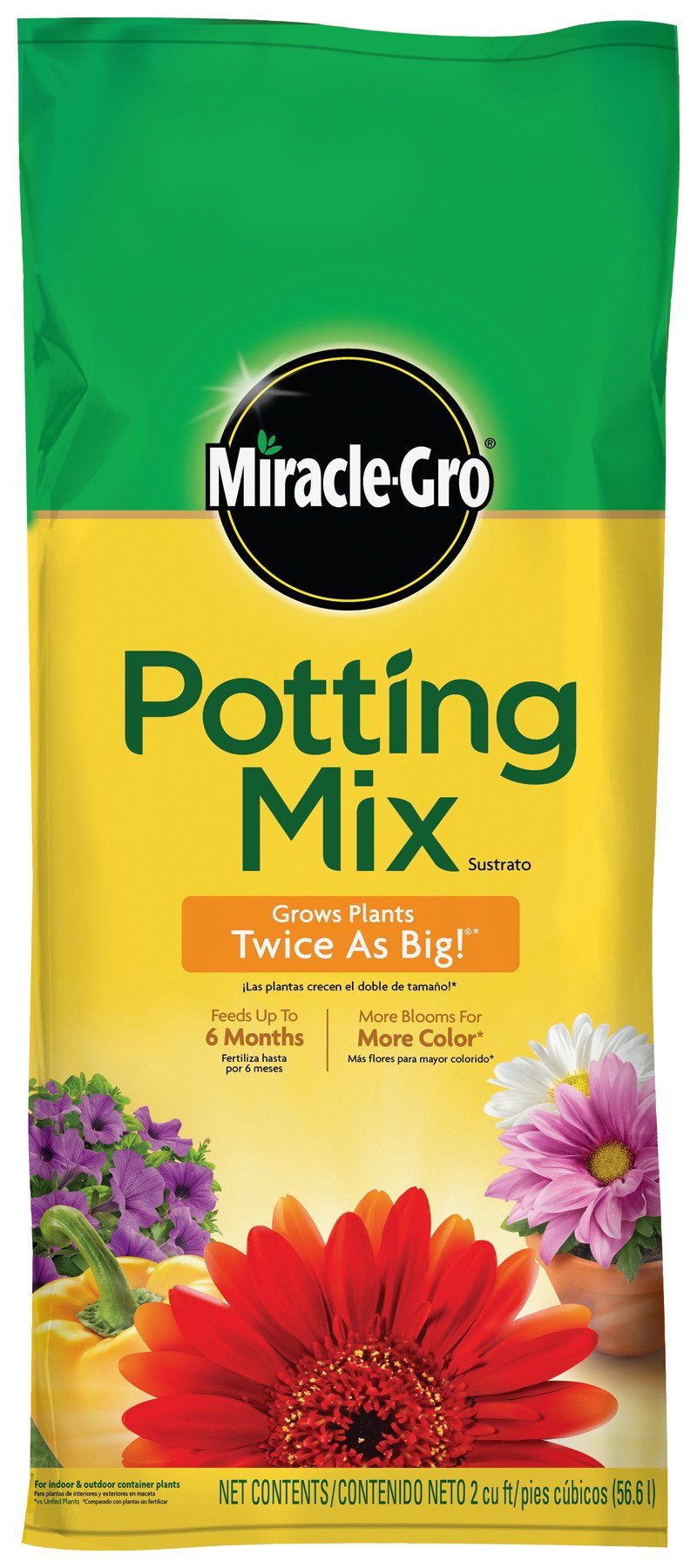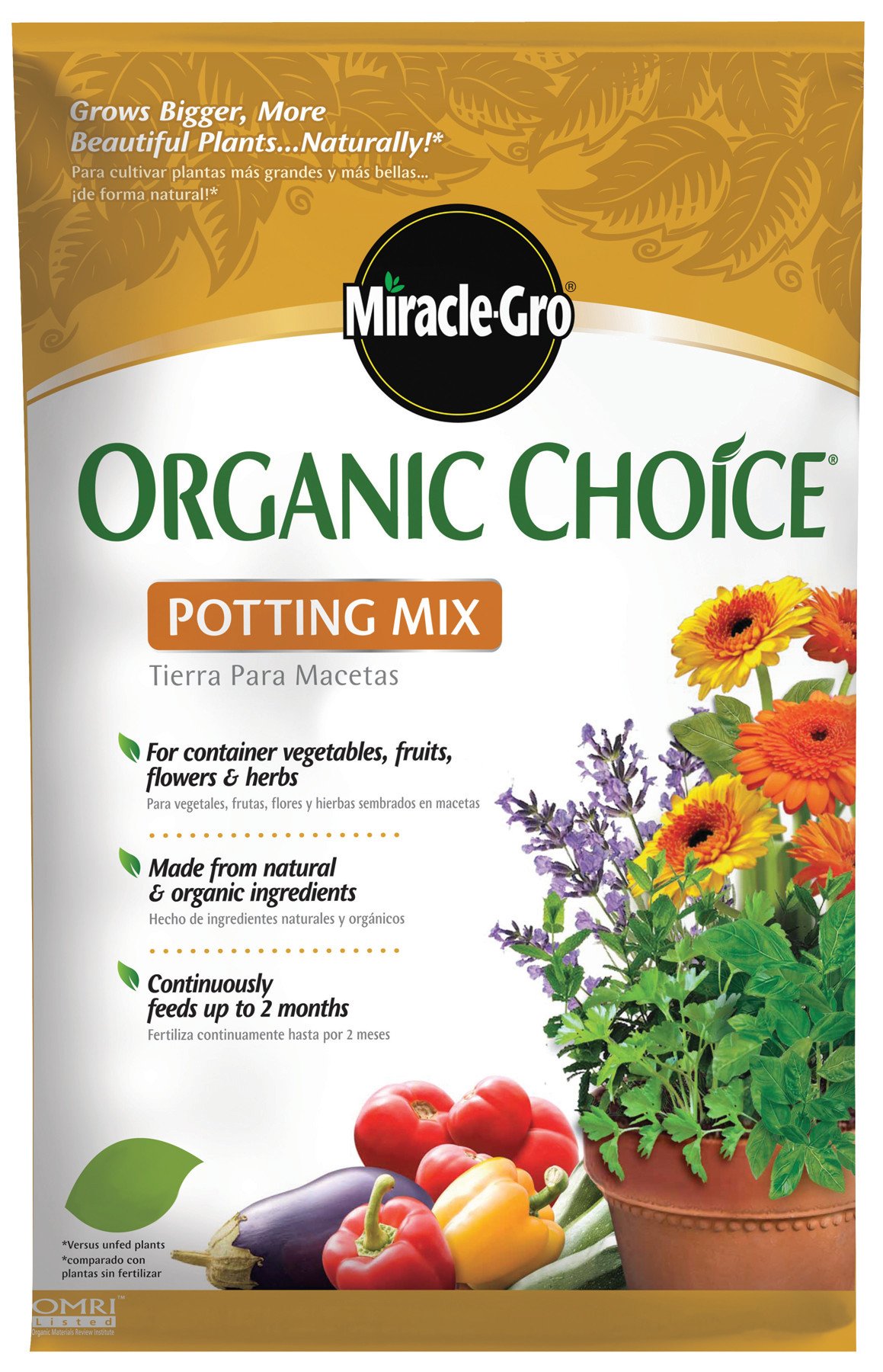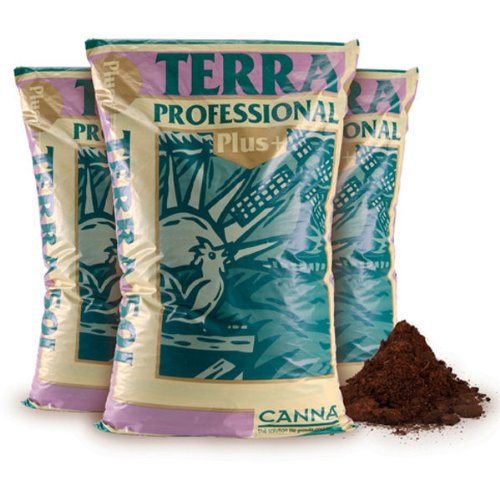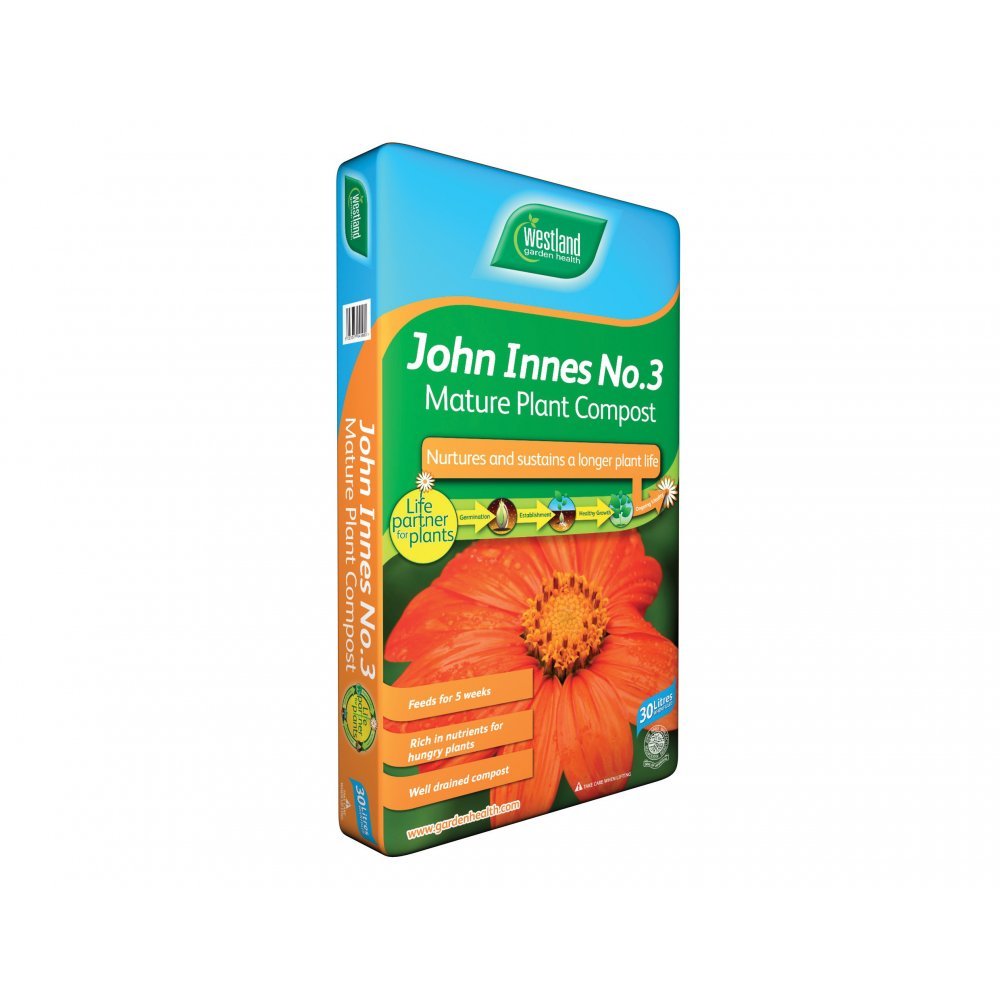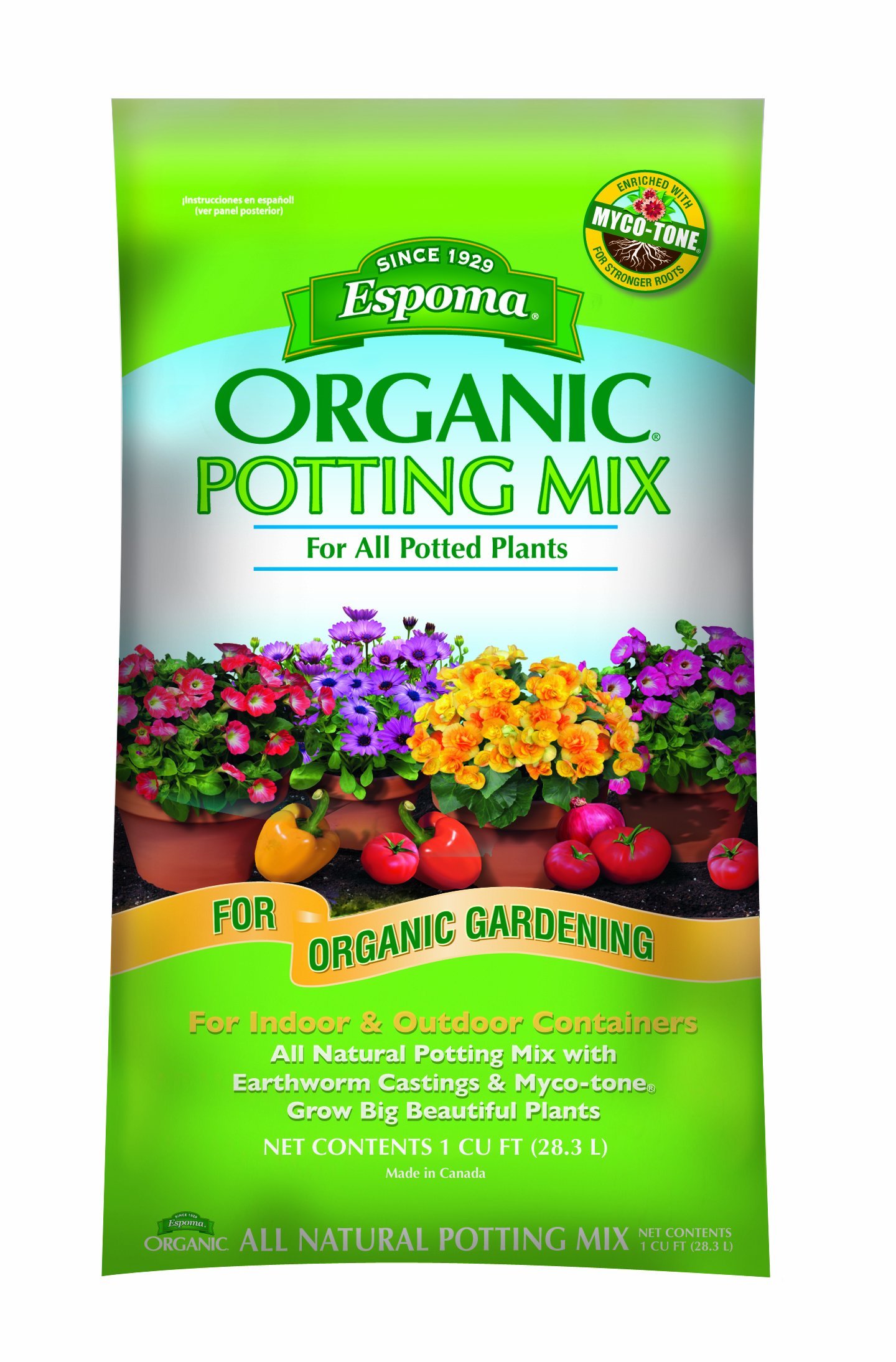Click here to jump to the reviews.
Potting soil is fascinating. I mostly make my own mixes now for my containers and houseplants, but I’m still intrigued by how the big companies are putting together their products.
Getting to the bottom of their recipes, however, can be a tad frustrating. Ingredients (especially in the UK) are often not listed on the packaging and even requests to the company – of which I’ve made a fair few – can return vague answers. One call I made to ask about the ratio of components in a particular mix (I won’t say which one) led to a rather irritated woman from whose tone I can only conclude thought I was attempting to steal their valuable formula for my own profit.
Nonetheless, I’ve done my best to put together an accurate picture of what the big (and small) brands are using. I’ve also given my opinion on the quality of the mixes themselves and for whom I think they’re best-suited. I hope you enjoy it.
What’s in A Potting Soil/Mix?
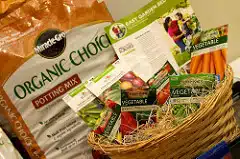
First off, is there any difference between a potting soil and a potting mix? For the purposes of this article I’ve used the two words interchangeably. That said, there are some who would draw a distinction. Generally speaking, “soil” refers to any mix of sand, silt, clay and organic matter – this is what you have in your garden (if you have one). “Mix” is any soil-less combination (so doesn’t contain sand, silt and clay in that combination) that contains various ingredients, some of which may be inert, that together meet a plant’s needs.
Remember that, in the real world, the two are used synonymously to refer to any growing medium that is deemed suitable for container growing. So it’s not something to worry too much about. On this list, most are mixes in the sense that they don’t contain anything resembling soil as it’s defined above. The exception is John Innes Nos. 2 and 3, which do contain dirt as it would be found in the garden.
How Most Commercial Potting Soils are put Together
There are usually two main ingredients – compost, which refers specifically to decayed food and plant waste, and some type of “bulking material that holds water well, often either peat or coir. Fertilizers and supplementary ingredients to aid drainage, like perlite and composted bark, may also be included.
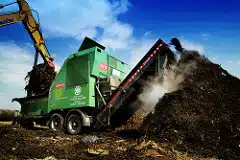
The compost itself is bought from industrial facilities by the retailers, who then go on to blend their own mixes. The waste material that becomes the compost is largely gathered from domestic and industrial food and garden waste. Here in the UK it’s collected by the council every week. In places like London there are wonderful schemes where a portion of this compost is offered back to the public, but in other places it can be a closed system.
Anyhow…onto the mixes themselves…
Our Best Potting Soils for Containers in 2016
A quick note about our choices: I’ve focused on mixes that are available either in the USA, the UK or both. I’ve indicated which country they’re available in where appropriate.
Where to Buy Potting Soil?
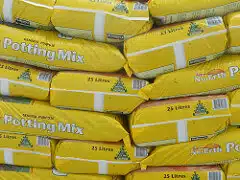
It might seem slightly counterintuitive, but Amazon (and other online retailers) can be particularly useful when it comes to potting soils and composts. They’re no more expensive (they can sometimes be less expensive) and they’re delivered right to your door. If you’re a fellow urban turnip and growing in the city (like me) then it’s an easy way of overcoming the usual lack of local garden centres…they don’t make container gardening easy! Just something to consider. Ebay is another good choice.
Miracle-Gro® (Standard) Potting Mix [usr 4]
Ingredients: Sphagnum Peat Moss, “Processed Forest Products” (usually composted bark), Compost, Perlite, Wetting agent and Controlled-Release NPK Fertilizer.
If you’ve ever planted anything in a pot then you have probably heard of Miracle-Gro. I’ve heard quite a few bad things said about these (billion-dollar) giants of the gardening world – which is unsurprising really, given how much we love to hate the big guys.
My verdict? I think most of the negative criticism (and it forms, broadly speaking, the smaller part of the overall feedback) is misplaced. Miracle-Gro is cheap for what you get and it’s long-lasting – the fertilizer is sufficient for six months of growth, though if I were growing veggies I’d supplement a little with feeds even so. Equally, the materials are of a good quality and the Soil and Mulch Council has classified the product as premium (it is, as far as I’m aware, an impartial organization). The wetting agent – which works to reduce the surface tension of the water – is also a nice addition to prevent the peat, which can be difficult to rehydrate, from drying out.
The downsides relate to the variability of the materials and the absence of trace minerals. Because (and this will be the case with most composts or mixes) ingredients are locally sourced, there can be differences in quality depending on where you buy from. The Georgia version of the product, for instance, contains more forest materials than the New Hampshire one does. The basic NPK feed is used exclusively, which is another small drawback. If you do decide to give it a go don’t mistake the fertilizer prills for insect seeds!
One more common criticism relates to those using the mix indoors and the presence of flies. In this case I’m going to take the side of the company again and suggest that flies, no matter how good the thermophilic composting process, are always a potential issue. The way to overcome them is to prevent the larvae from burrowing to the surface by creating a barrier, a black plastic bag stretched over the top of the pot for instance, or to use a homemade insecticide should they appear. If you’re planning on using this outdoors, on your balcony or patio, then there will obviously be less of an issue.
Pros: Cheap (ish), contains slow-release fertilizer, nice mix of materials.
Cons: No trace elements, quality can be variable judging from online reviews over the years, and is dependent on location.
Miracle-Gro Organic Potting Mix [usr 4]
Ingredients: Sphagnum Peat Moss, Composted Bark and Pasteurized Poultry Litter
In my opinion this is the better of Miracle-Gro’s mixes and you could do far worse than picking this for growing in. The addition of composted bark is particularly beneficial, given the tendency for the roots of potted plants to become saturated with water. This might well be one of the best organic potting soils available to buy.
As there’s no fertilizer added, you will need to start feeding (or add your own fertilizer) after six to eight weeks. This is readily available in the US but less so in the UK, where it’s usually much-overpriced. Try having a look on eBay if you want to give it a go.
Pros: Good price for organic mix, good drainage.
Cons: Requires supplemental feeding (they could have added some organic fertilizer).
Canna Terra Professional [usr 4.5]
Ingredients: Peat, Perlite, Dolomitic lime, Compost, Worm Castings and Fertilizer.
I almost feel obliged to check out a company that asserts that its product is, “…the purest potting mix possible for plant cultivation.” Canna offer two potting mixes: “[easyazon_link identifier=”B008MJXGOS” locale=”UK” tag=”urbanturnip-20″]Professional[/easyazon_link]” and “Professional Plus.” Both are of a high quality, with the latter containing slightly better ingredients.
The company itself, Canna, specialises in nutrients and media. Judging from their website, it looks like they’re geared more towards the professional market. That said, their mixes are freely available to buy on a small scale and they’re also comparatively inexpensive too. Their mix is an interesting one: by general consensus it seems to be pest-free, friable and rich in nutrients and organic matter. You will need to feed throughout growing. Probably my overall favourite.
Pros: Lots of high quality ingredients, inexpensive.
Cons: Unusual nutrient ratios that can be hard to adapt to.
John Innes No.3 (UK Only) [usr 3.5]
Ingredients: 7 parts loam (see description below), 3 parts peat, 2 parts grit/sand and various fertilizers (explained below).
John Innes isn’t a brand, it’s a recipe. It was developed by the John Innes Institute as a container growing medium and has since entered into the public domain. There are various companies that offer products labelled as such, with three main types: numbers 1, 2 and 3. John Innes No.1 is for starting seeds, so not useful to us as a main potting mix. The difference between No. 2 (which is advertised as being for plants in small and medium sized pots) and 3 (which is for “gross feeding plants”) is between the levels of fertilizer. No.3 simply has more than no. 2. I’d recommend going for No.3 as it will allow for more growth and vegetables can be particularly hungry plants.
The mixes themselves have quite an interesting history. They were first formulated in the 1930s by horticulturalists at the John Innes Institute. Their aim was to measure the optimal balance of nutrients for plant growth, alongside finding a method to heat soil so as to eliminate weed seeds, pests and diseases. The loam was originally made by digging up strips of turf and leaving them face-to-face to allow the grass to rot down (this is where the organic matter comes from). Another little curio is that the original recipe was made using Kettering loam – which had the ideal proportions of sand, silt and clay. They also added a hoof and horn fertilizer (not readily available today).
Though it is a slightly heavier mix, I do enjoy working with it. There are only enough nutrients for 5-6 weeks of growth so you’ll have to supplement after this with a feed or by including your own slow-release granules when potting up. If you’re worried about your containers blowing over because they’re not heavy enough, then this will probably be the option to go with because of the inclusion of sand.
Pros: High-quality mix with lots of ingredients, loam works to moderate nutrient uptake and so limits the possibility of over fertilizing, heavier mix.
Cons: No slow release fertilizer, not always the best for plants that require good drainage.
Espoma (US Only) [usr 3.5]
Ingredients: Sphagnum Peat Moss, Peat humus, Perlite, Earthworm Castings, Lime and Myco-Tone Mycorrhizae.
Espoma’s claim to fame is their inclusion of mycorrhizae, a beneficial fungi, in their mix. These organisms form a beneficial symbiotic relationship with their host plants by colonising their roots. There are multiple effects, including increased nutrient uptake due to the larger root surface area and a greater resistance to soil-borne pests and diseases.
Because there isn’t any compost or fertilizer added, you will need to start feeding fairly soon after planting (they recommend two weeks…with their own plant food, of course). This is a slightly frustrating drawback of the mix but it is worth sampling because of the inclusion of the mycorrhizae. You may just find that your plants respond superbly to it. Another point worth mentioning is that this mix is very well-draining. There’s a good dose of perlite and it’ll be particularly well-suited to plants (or vegetables) that like a more porous growing environment.
Pros: Includes fungi and worm castings, organic, well-draining.
Cons: Requires feeding as macronutrient levels are low.
Black Gold All Purpose Potting Soil (US Only) [usr 4.5]
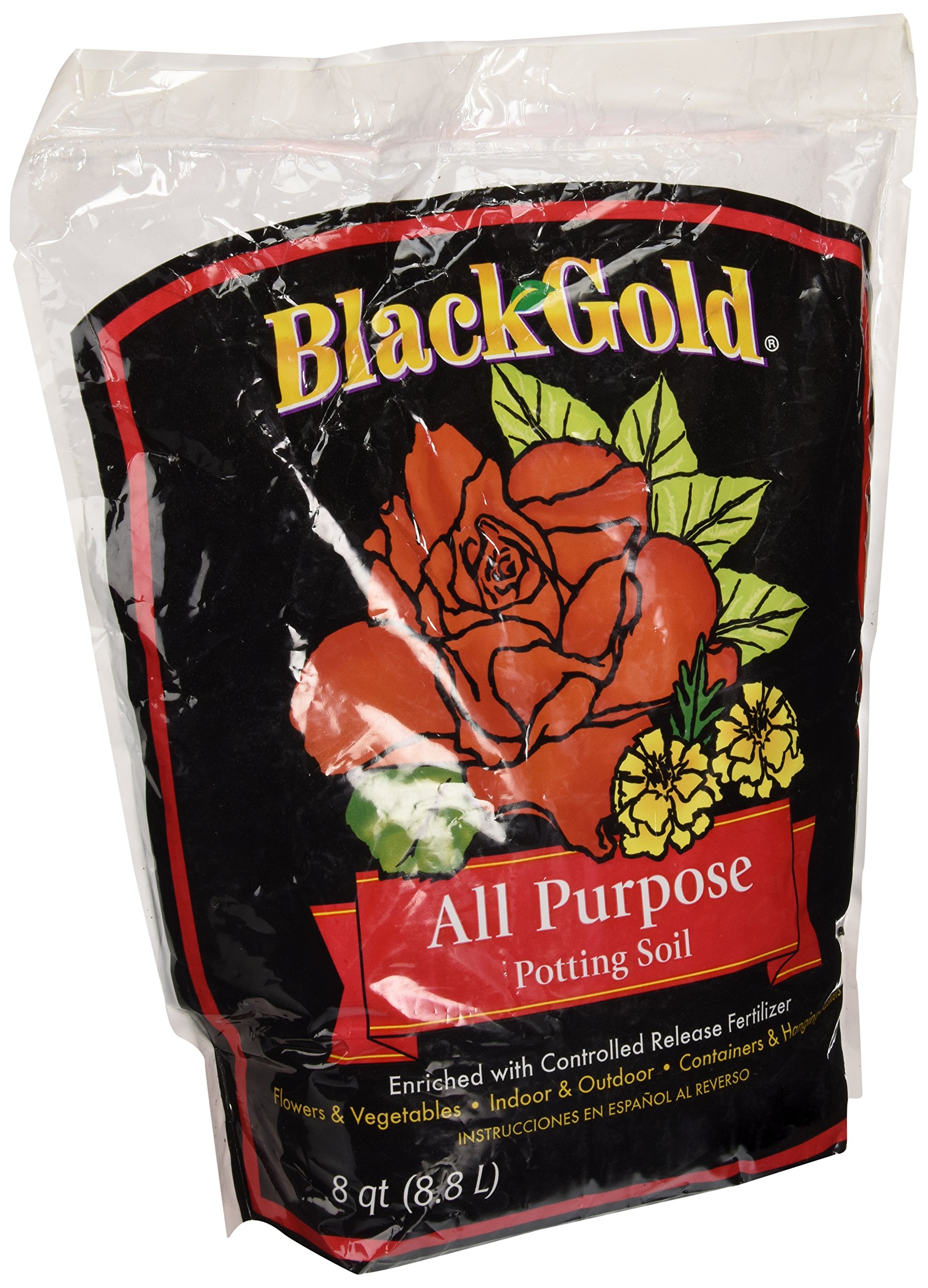
Ingredients: Sphagnum Peat Moss, Composted Bark, Compost, Perlite, Worm Castings, Controlled Release Fertilizer.
Black Gold is one of the biggest potting mix sellers in the USA. If you’re growing in pots have a look at their extensive range – it’s far beyond the scope of this article. I’m looking at their “standard” all-purpose potting mix, though they also offer an organic version and another that is designed for optimum water retention (so might be good fit if you’re not able to water regularly or planting in something like a hanging baskets).
Though this potting soil contains a slow-release fertilizer, feeding is recommended after a period of three to five weeks. I found this a tad confusing as the nutrient quantities are of a similar amount to Miracle-Gro, mentioned above, which does not require additional supplementation. Your best bet might be to monitor your plants and start them on a dilute feed if necessary.
Apart from the slight confusion, this is an excellent potting mix. The worm castings ensure a good dose of micronutrients and the composted bark will offer a degree of disease-resistance. Perlite is another nice addition to help with drainage, which can often be a problem in containers with peat-based mixes.
Pros: Good mix of ingredients, ensuring presence of micronutrients, well-draining.
Cons: Packaging is a little bit unclear about feeding requirements.
Conclusion – Which is best?
In summary, I’d argue that Miracle-Gro is ideal for a quick and inexpensive option. [easyazon_link identifier=”B00ISQTFHM” locale=”US” tag=”urbanturnip-20″]Canna Terra Professional Plus[/easyazon_link], or even just [easyazon_link keywords=”Canna Professional” locale=”US” tag=”urbanturnip-20″]Canna Professional[/easyazon_link], are in my opinion the premier offerings, when both price and quality are taken into account.
Other Products to Try
If you’re in the UK, [easyazon_link identifier=”B00WUBLH2C” locale=”UK” tag=”urbanturnip-20″]Gro-Sure[/easyazon_link] (a Westland brand) make both a vegetable compost and a container mix, which contains a six-month slow-release fertilizer. Gro-Char is also worth having a look at, but is somewhat expensive
In the US, I know that [easyazon_link identifier=”B00A2YI83A” locale=”UK” tag=”urbanturnip-20″]FoxFarm[/easyazon_link] are also somewhat well regarded in the potting mix arena, though I’ve not sampled any of their products.
What Are Your Thoughts?
So there you have it – my take on some of the most popular potting soils and mixes on the market. I understand that there’s a huge array of options from which to choose and I’d love to hear what your own thoughts are. Drop me an email and I might include your review in the article!
